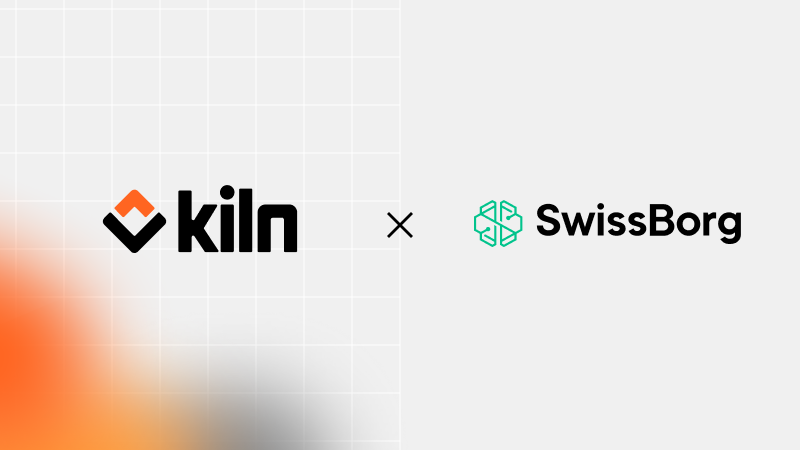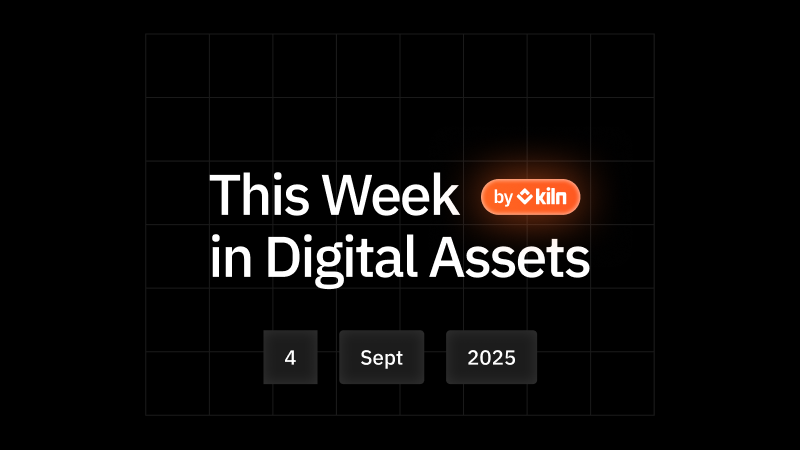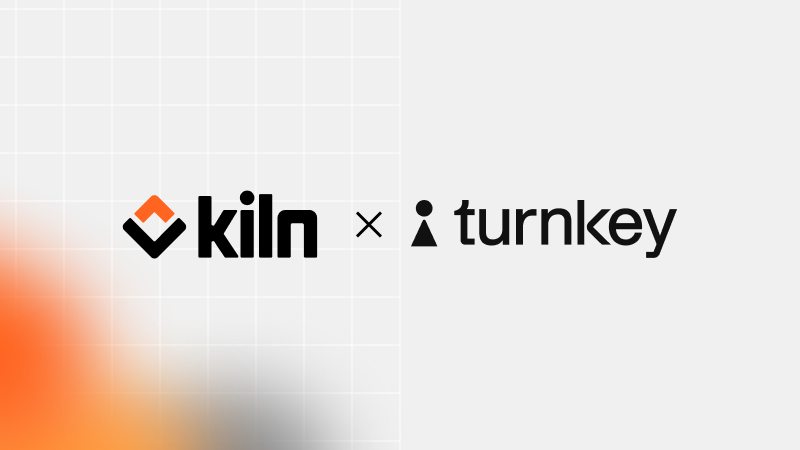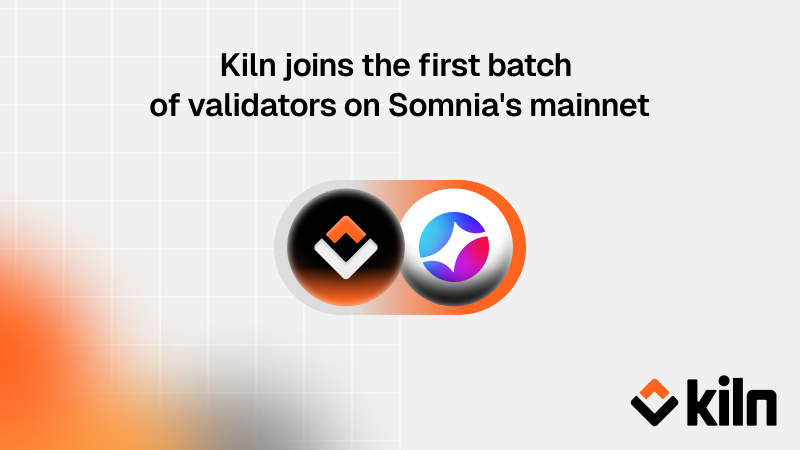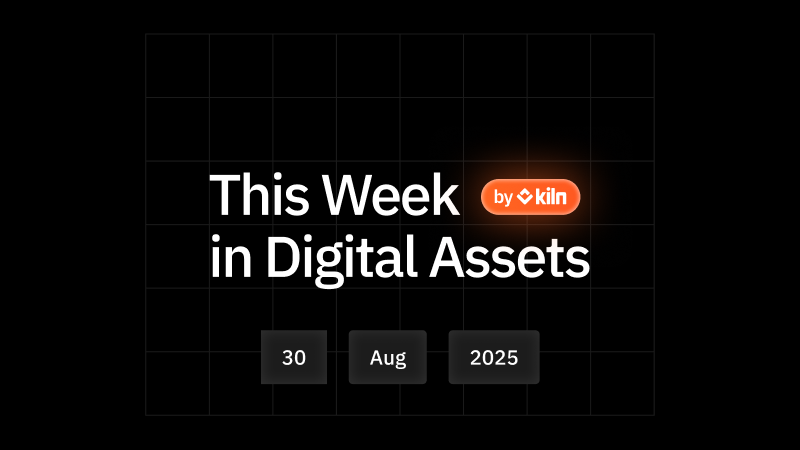The content in this post is for informational purposes only and should not be considered financial advice or a solicitation to buy or sell any financial products.
In the third quarter of 2024, Eigenlayer, the leading restaking protocol by TVL, implemented a series of upgrades to enhance the efficiency, economic viability, and future resilience of restaking.
This article will detail each upgrade and analyze its implications for the restaking ecosystem.
1. PEPE Upgrade: a major gas optimization for native restaking
With the M2 upgrade, earlier in 2024, Native restakers were experiencing high operational complexity and cost to withdraw their ETH staking rewards from their validators, as we described in this article on the Kiln Blog.
The PEPE upgrade, going live today, September 4th, will introduce major improvements for native restakers:
- Improved forward compatibility: The previous M2 Proof System had some limitations that make it difficult to implement new features. This upgrade enabled greater compatibility for future changes such as Ethereum’s Pectra upgrade scheduled for early 2025.
- Great cost reduction: The EigenLayer protocol requires state proofs to confirmed on-chain in order to guarantee they are rewarding ETH that is currently being staked on the beacon chain. In the current M2 EigenPod design, validating these proofs results in consuming a lot of gas. The PEPE upgrade is making the proof confirmation flow more efficient while reducing gas costs.
In the following example, we will compare the operational cost of uploading the proofs when restaking 200 validators.
In this scenario, we are withdrawing all CL rewards and principal after 3 months of restaking, assuming a gas price of 5 Gwei and ETH worth $3,000.

2. AVS Rewards: from points to restaking economics
On August 13, EigenDA was the first AVS to start distributing rewards with the new rewards router from EigenLayer.
This router allows AVS to distribute any ERC-20 as rewards based on the amount restaked over a period of time, it can also retroactively distribute rewards. In addition to this, they introduced the concept of weighted rewards strategy giving AVS the ability to reward more delegators of a given asset. (eg. more rewards for ETH restakers than, EIGEN restakers)
The rewards router is currently set with a commission of 10% for operators, which will be made customizable in a future upgrade.
As the first AVS distributing rewards confirmed they will start by distributing 10 WETH per month to all EigenLayer restakers.
Let’s have a look at how much rewards you can expect over the next months with 1 validator restaked with a 10% commission from operators and an ETH valued at $3000:

While this amount is very low, it’s fair to expect that this APY will grow at least 10x (~0.02%) in the next couple of months, with more AVS distributing rewards and EigenDA increasing their AVS rewards over time. Since the EigenLayer TVL is really high, restakers should not expect significant return on investment from AVS rewards until they get more usage and therefore rewards to issue to delegators.
It’s important for EigenLayer to keep the momentum and lock in the restaked TVL on EigenLayer. To ensure it’s the case, they introduced a new incentive program that can account for up to 4% of the EIGEN inflation rate, starting during Q4 2024.
.png)
To receive this programmatic incentive, restakers need to be delegated to an operator supporting AVS that is distributing rewards, only then and if certain conditions are met 4% of EIGEN inflation rate will be distributed to restakers. Let’s analyze how much yield you can expect this boost considering all restakers and operators are eligible and calculate this 4% EIGEN incentive considering an estimated EIGEN token value of $4.30 in pre-market (at time of writing).

Such a rewards boost is expected to kick off the restaking flywheel on EigenLayer by offering a total APY on restaking of about 5% (3.18% from ETH + ~0.02% AVS + 1.80% from EIGEN boost) making it an interesting option for generating extra rewards from staked ETH for both individual and institutional investors.
3. Permissionless token support: restake more than just ETH
On August 19, 2024, EigenLayer introduced permissionless token support, adding several new features.
Now, any ERC-20 token can be used for restaking, giving users more options. AVSs can create custom security profiles using different combinations of ERC-20 assets, like ETH and WBTC together. This change expands the network's security beyond just ETH and EIGEN tokens. Additionally, AVSs can now set up specific voting groups for their own tokens, allowing for more customized governance.
The addition of these capabilities is a direct response to the growing demand for BTC Staking from investors and the need of BTC economic security from BTC Layer 2. It’s also a defensive move against Symbiotic, which announced the same day the support of BTC restaking on their platform, after already supporting restaking of other assets than ETH, like staked USD from ENA.
What’s next for EigenLayer?
EigenLayer recently shared significant updates, which have boosted investor confidence and expectations about the protocol. However, more clarity is still needed regarding how AVS will handle slashing and what risk management strategies investors should adopt.
This information will help investors select suitable AVS to partner with their EigenLayer operators. We anticipate more details on this topic in the last quarter of 2024. We expect slashing events to be activated by the end of the year or early next year.
Conclusion
EigenLayer's recent updates represent a significant advancement, providing restakers and AVSs with enhanced flexibility, efficiency, and customization options. The protocol is still addressing the slashing mechanism, with more information expected in the last quarter of this year. Until then, restaking on EigenLayer remains relatively risk-free, giving investors additional time to develop their restaking risk strategies with partners like Kiln.
As EigenLayer continues to evolve, it strengthens its position as the leading restaking protocol. Meanwhile, other restaking protocols such as Symbiotic and Karak are gaining attention with similar capabilities.
About Kiln
Kiln is the leading staking and digital asset rewards management platform, enabling institutional customers to earn rewards on their digital assets, or to whitelabel earning functionality into their products. Kiln runs validators on all major PoS blockchains, with over $11 billion in crypto assets being programmatically staked and running over 5% of the Ethereum network on a multi-client, multi-cloud, and multi-region infrastructure. Kiln also provides a validator-agnostic suite of products for fully automated deployment of validators and reporting and commission management, enabling custodians, wallets, and exchanges to streamline staking or DeFi operations across providers. Kiln is SOC2 Type 2 certified.











